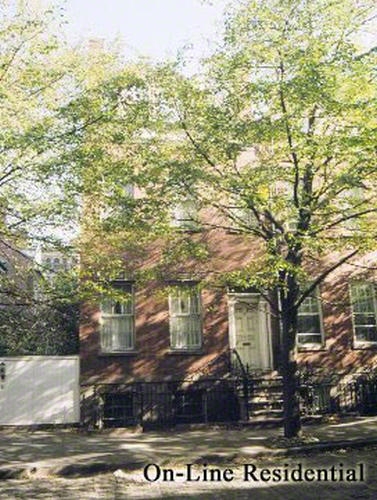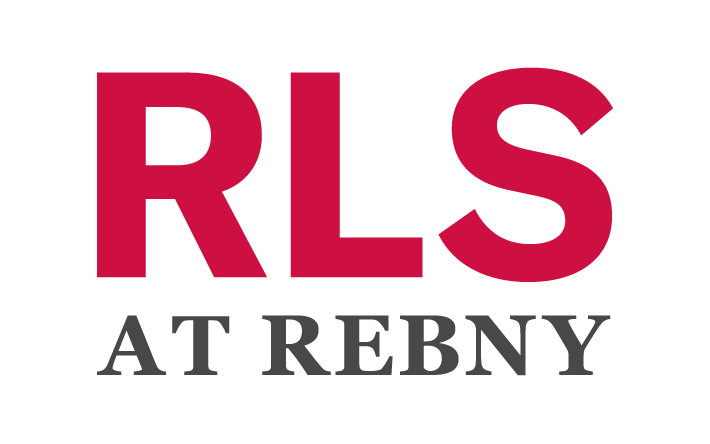
$ 8,750,000
Building For Sale
Property Type
Active
Status
8
Rooms
2,800/260
ASF/ASM
$ 31,284
Real Estate Taxes
[Per Annum]

Building Details

Single Family
Ownership
Townhouse
Building Type
None
Service Level
Walk-up
Access
142/17
Block/Lot
21'x36'
Building Size
21'x74'
Lot Size
C6-4
Zoning
1828
Year Built
4/1
Floors/Apts

Description
Originally built in 1828, 37 Harrison Street, a landmarked Federal-style townhouse, has lived many lives. From family residence to food market headquarters, today it stands as a refined single-family home, a rare union of historic character and modern design. Carefully restored and reconfigured by architect Susan Yun and interior designer Penelope August, the home embodies a sense of continuity: history honored, yet reinterpreted with contemporary craftsmanship.
The façade has been meticulously preserved with restored windows, dormers, and original wood detailing. The entire interior structure was rebuilt around an internal steel frame, creating a hidden heft and longevity to the property. High ceilings on each floor, up to 11 feet tall, create a surprising interior volume. Beginning in the garden level, a new central staircase in reclaimed heart pine becomes the spine of the home, drawing light and air through each level. Wide-plank floors carry throughout, treated with a pale tint that reveals the natural grain while lending a soft, modern finish.
The kitchen, doubled in scale and sited at the rear for garden access, is anchored by a marigold Lacanche range and terrazzo countertops embedded with recycled glass chips. Custom glass pendant lights, cast in Rosaline hues, nod to the 1920s and 1930s. Cabinetry is painted in Farrow & Ball’s Calluna, paired with a copper Waterworks faucet and opal-glass hardware—details that balance durability with quiet elegance. Throughout the townhouse, working fireplaces provide warmth, while reclaimed doors and vintage bath fittings lend texture and authenticity.
The top floor is dedicated to the principal suite. Here, exposed original timber beams have been brushed and treated with tung oil to reveal their centuries-old patina. The bath is finished in Moroccan tadelakt plaster, with brass fixtures and custom ceramic tilework that echoes historic European marbling techniques. Other features include 11-foot ceilings and a working fireplace, plus a huge walk-in closet and 5 supplemental closets.
Two additional large bedrooms occupy the second floor. Each spans the width of the house and has its own working fireplace. They share a bathroom outfitted with Waterworks and Lefroy Brooks fixtures.
On the garden level, stone foundations remain visible as a testament to the home’s age, while modern interventions such as a folding gallery wall allow the lower level to flex between living, working, and exhibition space. A new steel porch was designed in deference to the landmarked exterior, creating a seamless transition to the rear garden.
This is a townhouse that tells its story through materials: layers of pine and terrazzo, plaster and tile, steel and stone. Historic yet renewed, it is an architectural palimpsest, a rare opportunity to inhabit a piece of New York’s past, thoughtfully adapted for the present.
Originally built in 1828, 37 Harrison Street, a landmarked Federal-style townhouse, has lived many lives. From family residence to food market headquarters, today it stands as a refined single-family home, a rare union of historic character and modern design. Carefully restored and reconfigured by architect Susan Yun and interior designer Penelope August, the home embodies a sense of continuity: history honored, yet reinterpreted with contemporary craftsmanship.
The façade has been meticulously preserved with restored windows, dormers, and original wood detailing. The entire interior structure was rebuilt around an internal steel frame, creating a hidden heft and longevity to the property. High ceilings on each floor, up to 11 feet tall, create a surprising interior volume. Beginning in the garden level, a new central staircase in reclaimed heart pine becomes the spine of the home, drawing light and air through each level. Wide-plank floors carry throughout, treated with a pale tint that reveals the natural grain while lending a soft, modern finish.
The kitchen, doubled in scale and sited at the rear for garden access, is anchored by a marigold Lacanche range and terrazzo countertops embedded with recycled glass chips. Custom glass pendant lights, cast in Rosaline hues, nod to the 1920s and 1930s. Cabinetry is painted in Farrow & Ball’s Calluna, paired with a copper Waterworks faucet and opal-glass hardware—details that balance durability with quiet elegance. Throughout the townhouse, working fireplaces provide warmth, while reclaimed doors and vintage bath fittings lend texture and authenticity.
The top floor is dedicated to the principal suite. Here, exposed original timber beams have been brushed and treated with tung oil to reveal their centuries-old patina. The bath is finished in Moroccan tadelakt plaster, with brass fixtures and custom ceramic tilework that echoes historic European marbling techniques. Other features include 11-foot ceilings and a working fireplace, plus a huge walk-in closet and 5 supplemental closets.
Two additional large bedrooms occupy the second floor. Each spans the width of the house and has its own working fireplace. They share a bathroom outfitted with Waterworks and Lefroy Brooks fixtures.
On the garden level, stone foundations remain visible as a testament to the home’s age, while modern interventions such as a folding gallery wall allow the lower level to flex between living, working, and exhibition space. A new steel porch was designed in deference to the landmarked exterior, creating a seamless transition to the rear garden.
This is a townhouse that tells its story through materials: layers of pine and terrazzo, plaster and tile, steel and stone. Historic yet renewed, it is an architectural palimpsest, a rare opportunity to inhabit a piece of New York’s past, thoughtfully adapted for the present.
Listing Courtesy of Compass
Features
A/C [Central]
Garden

Contact
Chad Kessler
License
Licensed As: Chad Kessler
Licensed Associate Real Estate Broker
Mortgage Calculator

This information is not verified for authenticity or accuracy and is not guaranteed and may not reflect all real estate activity in the market.
©2025 REBNY Listing Service, Inc. All rights reserved.
All information is intended only for the Registrant’s personal, non-commercial use.
RLS Data display by New Millennium Real Estate Corp..
Additional building data provided by On-Line Residential [OLR].
All information furnished regarding property for sale, rental or financing is from sources deemed reliable, but no warranty or representation is made as to the accuracy thereof and same is submitted subject to errors, omissions, change of price, rental or other conditions, prior sale, lease or financing or withdrawal without notice. All dimensions are approximate. For exact dimensions, you must hire your own architect or engineer.
Listing ID: 53932TH

















